The New Middle East and the Trump Method - By Amir Taheri, Asharq Al-Awsat
When President Donald Trump first launched his bid to stop the war in Gaza most observers expected another attempt at making the impossible possible. After all another ceasefire in exchange for the release of Israeli hostages had been unveiled and unraveled a few months earlier. Thus, the initial reaction from the global punditry was “Oh NO! Not again!”
The consensus in the commentarial was that nothing short of Benjamin Netanyahu’s stated plan to “finish off Hamas and bring home all the hostages” would extinguish the fires of this war.
That analysis seemed apt when Trump himself talked of a ceasefire in exchange for the return of hostages.
However, within just 24 hours that deja-vu scheme was upgraded to a peace plan not only for Gaza but for the entire Middle East. A day later that new version of deja-vu was again upgraded into what Donald the Dealmaker baptized as The New Middle East.
Trump’s political foes tied to dismiss his plan by claiming it was just another poly to earn him the Nobel Peace Prize that Barack Obama had won by doing absolutely nothing.
But then the plan seemed to work: both Israel and Hamas accepted it. Israel silenced its guns and Hamas released all remaining hostages at one go. Even the Washington Post, not known for serenading Trump had to admit that the president had done something good by stopping the carnage in Gaza and bringing closure to the hostages’ tragedy that was beginning to tear Israeli society apart.
Trump made a flowing speech at the Israeli parliament that was remarkable by its frankness in showing the true picture of the situation to Israelis combined while asserting his unflinching commitment to their security.
No American president had ever told Israelis what they owed to US support - he mentioned US planes as “gas stations in the sky” refueling Israeli fighter-bombers attacking targets in Iran and the incredible variety of weapons shipped from US to ensure Israel held the upper hand against its various enemies.
But that was not all.
The next move came in Sharm al-Sheikh where 30 nations from across the spectrum came together to approve a 20-point peace plan to end what he saw as 100 or even 3,000 years of wars and conflicts in the region. Regardless of how this remarkable venture might end the consensus reached was truly unexpected.
Is there a Trump method of dealing with foreign policy issues? I think there is. Almost all US presidents since Harry S Truman ended up claiming a “doctrine” of their own. None of those doctrines had a major impact on how history unfolded. Trump is unlikely to claim a frame in that portraits’ gallery.
However, I think he can claim a method that might help others both in the US and elsewhere. He must have earned that method during a long career as businessman and TV personality.
The first element in that method is to always put reality ahead of ideal.
Many US presidents - from Richard Nixon to Joe Biden - cast themselves as peacemakers in the Middle East, always with good intentions. But they always qualified the peace they preached with adjectives as “just” “durable” or “equitable.”
Bill Clinton spoke of “the peace of the brave.” Sadly, however, the brave according to Homer do not make peace; they fight to death like Hector. Barack Obama mused about “an honorable peace” forgetting that throwing in the towel in an unwinnable contest is the highest form of honor.
Trump uses no such qualifiers allowing everyone to understand that peace means peace. And what does peace, when poetic conceit is discarded, mean?
It means that a war has ended with one clear winner and one clear user effacing a status quo that had bred the war. In the new status quo that must be created, the winner ought to have the final word.
The second element in the method is to steer clear of flattering the foe rather than placating him that would persuade him that you are acting out of weakness.
Obama’s notorious speech in Cairo was one example of self-defeating flattery. He tried to flatter the Muslim Brotherhood by obliquely attacking President Hosni Mubarak. We all know what happened next.
Trump on the other hand used the occasion to flex his American muscles and send a clear message: We’re powerful enough to make your life difficult but also ready to invite you the table even if offering you a side-chair. This was the message sent to the leadership in Tehran who missed the opportunity.
The third element of the method is to go for the jugular by stating your maximum demand. In that vein Trump made the establishment of normal relations with Israel the sine qua non of joining his New Middle East project.
On Iran, Trump abandoned his predecessors’ habit of ordering the hors d’oeuvre in the hope of talking about the lain course later. The hors d’oeuvre they ordered was always about the grade up to which Iran could enrich uranium for a bomb it says it will never build. On occasions, US presidents also mused about "human rights” which could mean different things to different people. For example Muhammad Javad Zarif, former Iranian foreign minister, always reminded his American pal John Kerry that Tehran had the highest form of human rights.
Trump doesn’t dance around the real issues. He demands that Tehran establish relations with Israel, end its project for long-range missiles and scrap the potentially military dimension of its nuclear program. In exchange, he promises to ease sanctions on Iran with view to ending them Tehran does its part of the deal. More importantly, perhaps, he implicitly promises to prevent another Israeli attack on Iran if Tehran accepts the deal on offer.
The Trump method is also original because it circumvents formal institutions without excluding them. The groundwork is done by members of his family and his kitchen cabinet plus major donors to his campaign while the State Department, the Pentagon and the security services provide logistical support.
The method reminds one of 1970s road-movies in which characters knew where they wished to go but didn’t stick to a detailed roadmap.
In the road-movie, travelers were way-warded and ended somewhere else.
In this case, however, where they end could be better than what it has been for the past two tragic years.
Latest News
-
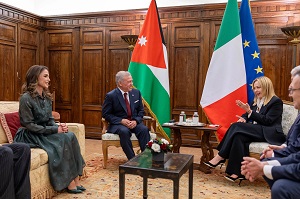 King, Italy PM call for ensuring implementation of Gaza agreement
King, Italy PM call for ensuring implementation of Gaza agreement
-
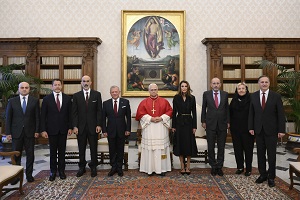 King, Queen meet with Pope Leo XIV
King, Queen meet with Pope Leo XIV
-
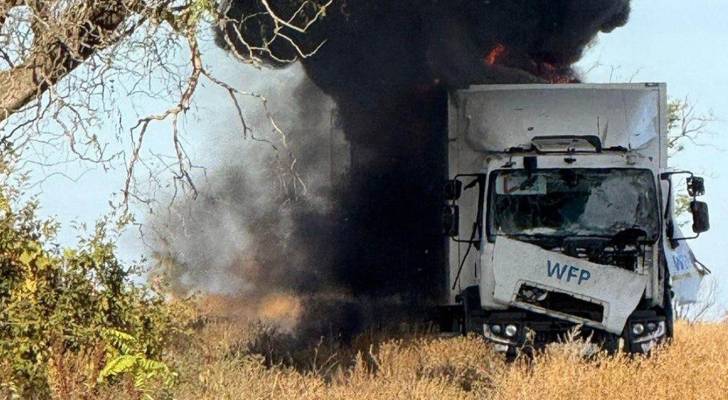 Russia accused of targeting UN aid convoy in southern Ukraine’s Kherson region
Russia accused of targeting UN aid convoy in southern Ukraine’s Kherson region
-
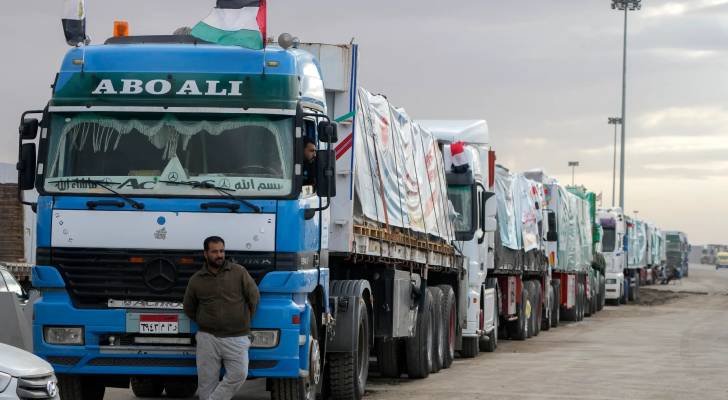 'Israel' won’t reopen Rafah crossing over Hamas’s failure to return captives’ bodies: Hebrew media
'Israel' won’t reopen Rafah crossing over Hamas’s failure to return captives’ bodies: Hebrew media
-
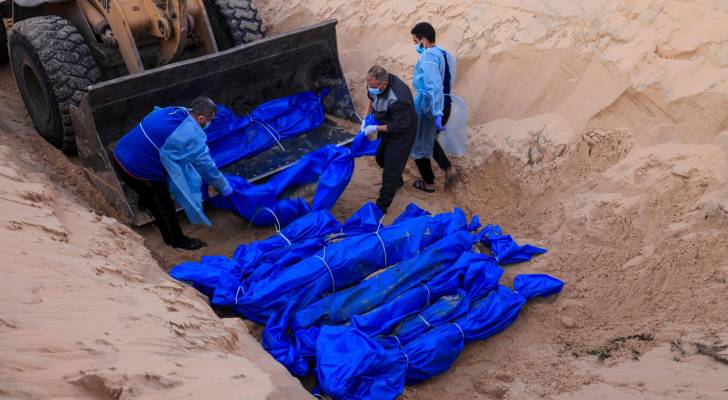 'Israel' returns 45 Palestinian bodies to Gaza as past organ theft allegations resurface
'Israel' returns 45 Palestinian bodies to Gaza as past organ theft allegations resurface